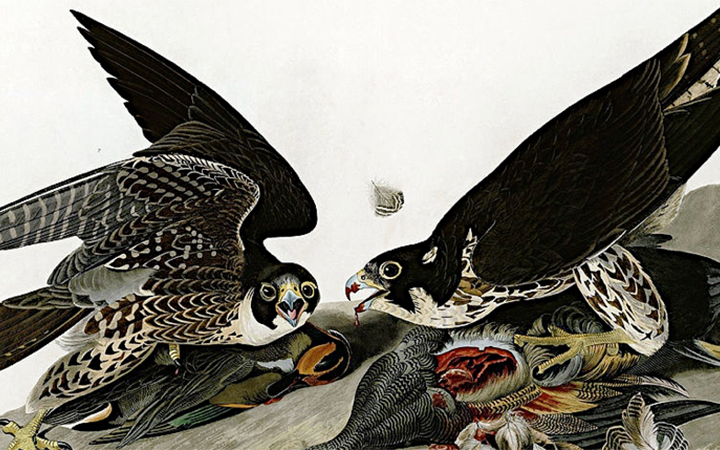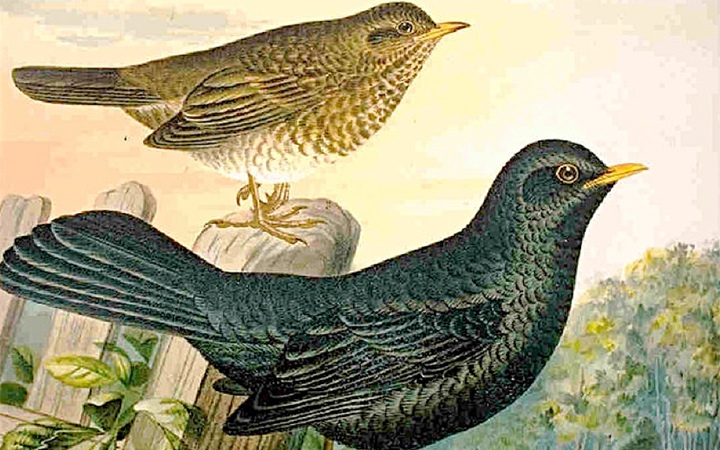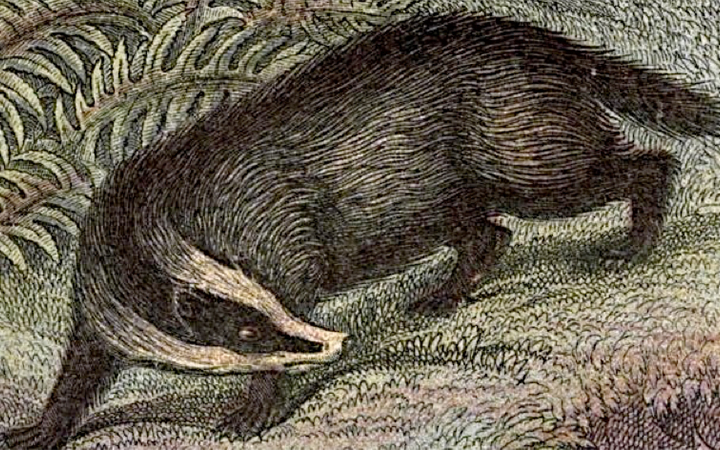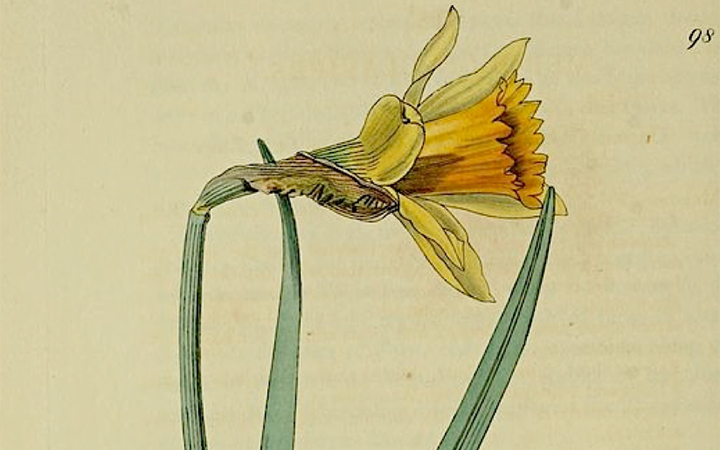United Kingdom Vintage Deck
2014 – (See Cards | Deck Info | Download | Purchase)…
All organisms collected depict common flora and fauna found in the United Kingdom. This is a DIY 60 card STARTER deck that collects vintage biodiversity related illustrations that predate 1913 (at least one hundred years old). Most come from wiki commons or the Biodiversity Heritage Library, where copyright status appears clear. Note that if an image used are breaking copyright status, please contact db@mail.ubc.ca so that we can remove the image.

Dunnock
Prunella modularis


3 POINTS
Play: The Dunnock has a FLIGHT of 2.
Fact: The name “Dunnock” comes from the ancient british dunnākos, meaning “little brown one.”

Peregrine Falcon
Falco peregrinus


6 POINTS
Play: The Peregrine Falcon has a FLIGHT of 2.
Fact: The peregrine is renowned for its speed, reaching over 200 mph during its characteristic hunting stoop (high speed dive,) making it the fastest member of the animal kingdon.

Common Blackbird
Turdus merula


3 POINTS
Play: The Blackbird has a FLIGHT of 2.
Fact: The Common Blackbird was described by lInnaues in the 10th edition of his Systema Naturae in 1758.

Common Raven
Corvus corax


2 POINTS
Play: The Raven has a FLIGHT of 2.
Fact: Some remarkable feats of problem-solving have been observed in the species, leading to the belief that it is highly intelligent

European Badger
Meles meles


4 POINTS
Play: The European Badger has a MOVE of 2.
Fact:The European Badger can become torpid (a kind of temporary hibernation) for two or so days at a time.

Wild Daffodil
Narcissus pseudonarcissus


3 POINTS
Fact: In Britain native populations have decreased substantially since the 19th century due to intensification of agriculture, clearance of woodland and uprooting of the bulbs for use in gardens.